The sudden deaths of 12 Druze children from a Hezbollah missile attack at a soccer field in the Israeli-held Golan Heights on July 27 brought into relief yet again the ancient and complicated makeup of the Middle East.
Who are the Druze?
The Druze are a small, distinct religious and Arab ethnic group originating in Lebanon in the 11th century and becoming an important factor in the region thereafter. Though an offshoot of Islam, they follow a unique, secretive belief system that blends elements of that religion with Gnosticism and Neoplatonism among other philosophies. Religious texts are accessible only to an initiated few. The Druze do not proselytize and do not accept converts, believing that their faith is inherited and not something that can be adopted.
The religion was founded by a group of followers of the sixth Fatimid caliph in Egypt, al-Hakim bi-Amr Allah. Al-Hakim was later deified by the Druze as a central figure in their belief system. The movement began with the teachings of the Druze’s chief missionary, Hamza ibn Ali ibn Ahmad. Druze is a monotheistic belief system that diverged significantly from Shia Islam. The early Druze faced persecution as a result of their departure from Islamic beliefs, leading to the isolation of their community and the eventual cessation of missionary activities in the face of violent opposition.
The Druze established strongholds in the mountainous areas of the region that includes Lebanon and Syria, where they continued to practice their faith in relative isolation over the generations.
What are the basic beliefs of the Druze religion?
The Druze religion is characterized by a strict monotheism and a belief in the transmigration of souls—which holds that human souls are reincarnated in successive bodies. Central to their faith is the concept of al-Tawhid—the oneness of God—and the belief that al-Hakim is an incarnation of the divine. The Druze believe in the cyclical nature of existence and the eventual return of al-Hakim, who will establish universal justice.
Druze do not practice the five pillars of Islam, nor do they observe many of the traditional Islamic rituals. Instead, their religious practices are largely secretive and reserved for the initiated, known as the uqqal (“the wise”). The majority of the community, called the juhhal (“the ignorant”), are not privy to the deeper teachings of the faith. The Druze eschew formal religious ceremonies and elaborate places of worship and instead gather in simple buildings known as khalwas for communal worship and study.
What is Druze culture like?
The Druze population today is estimated to be over 1 million people worldwide. The majority reside in Syria, Lebanon, and Israel—where they are recognized as a distinct religious minority. Smaller communities can also be found in Jordan and in the Americas. The Druze often play significant roles in the political and military spheres of the countries where they reside, balancing their unique identity with national integration.
Still, they emphasize Druze unity and self-preservation in a historically volatile region by often living in close-knit and insular communities. The Druze are known for their distinctive dress, particularly among the religious men, who wear white turbans, and the women, who often cover their hair with white veils.
Culturally, the Druze adhere to a strong sense of tradition, with a focus on family loyalty, honor, and social cohesion. The Druze have a deep respect for education and knowledge, with many pursuing higher education and professional careers. They celebrate few religious holidays, with the most significant being Eid al-Adha, which they observe quietly in a manner distinct from their Muslim neighbors.
How do the Druze live in the modern Middle East?
In terms of their political relations, the Druze have historically successfully navigated the byzantine dynamics of the Middle Eastern region where they reside. In Lebanon, the Druze have played a significant role in the country’s political landscape, often aligning with different factions and wielding much influence in the Progressive Social Party and were an instrumental faction in the Lebanese Civil War, remaining an important political force through their representation in parliament and other governmental bodies. The Druze in the Golan Heights area of Israel that borders Syria are in a kind of suspended state. They have been under Israeli control since 1967, and controversially annexed by Israel in 1981. Their loyalties have evolved and split over the years and their future status is uncertain. But they would be on the front lines of any war between Israel and Hezbollah.
In Syria, the Druze historically aligned themselves with the Arab Socialist Baath Party and have largely supported the Assad regime during the country’s brutal civil war. This has provided them with a measure of protection and autonomy, particularly in the volatile southern region of Jabal al-Druze where they are the majority.
In Israel, the Druze community is also unique in that many serve in the Israel Defense Forces, a distinction from some other Arab communities. They have a complex relationship there, balancing their loyalty to Israel with their Arab identity. By way of example, after recently trading open letters of disagreement about the Gaza conflict with a fellow Druze leader in Lebanon, the spiritual leader of the Druze in Israel, Sheikh Moafaq Tarif, stated simply, “We are Israelis, and we are proud.”
Being politically pragmatic has allowed them to survive as a distinct community despite their relatively small numbers and the turbulent history of the region. However, ongoing conflicts in Syria and Lebanon have tested these relationships, requiring the Druze to continually navigate a complex web of alliances and hostilities.
A war between Israel and Hezbollah in Lebanon could plunge the whole region into conflict, complicating the Druze people’s delicate balance yet again. The 12 dead Druze children at a soccer field is a tragic example of the Druze being caught in the middle of conflicts throughout their history—and almost certainly will continue to be.
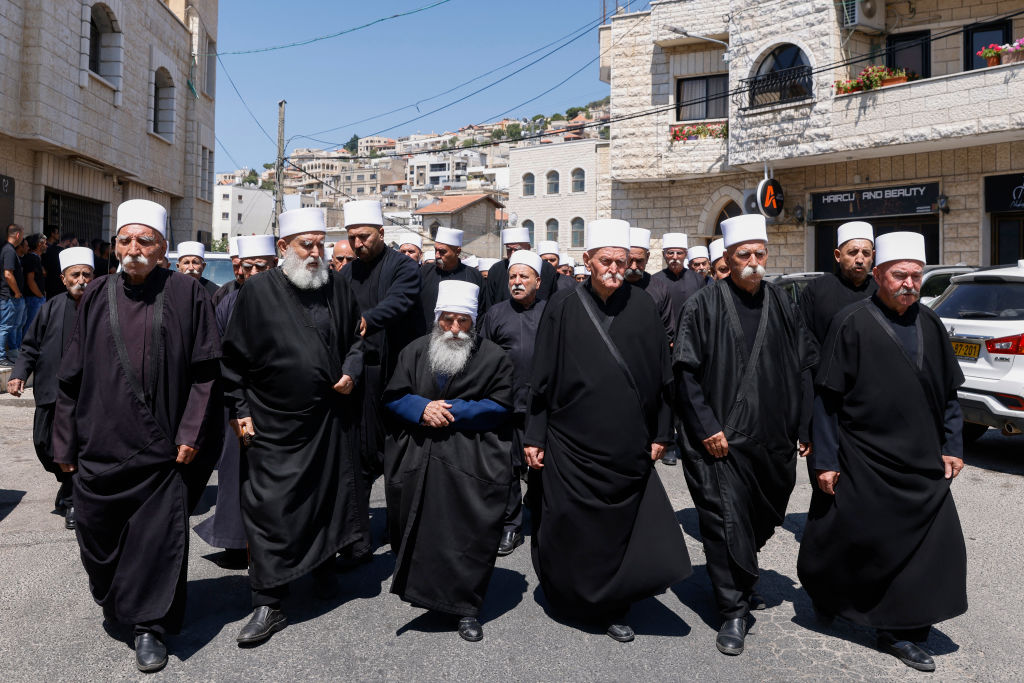
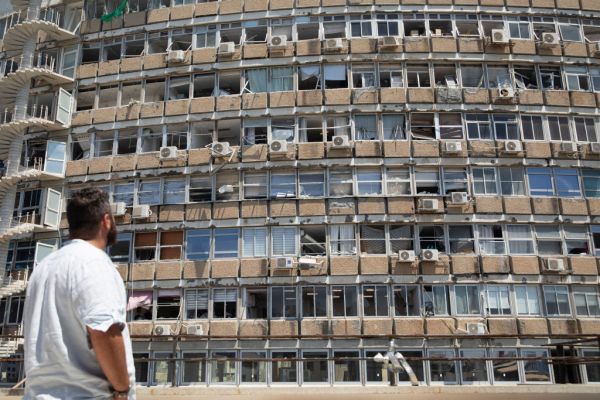
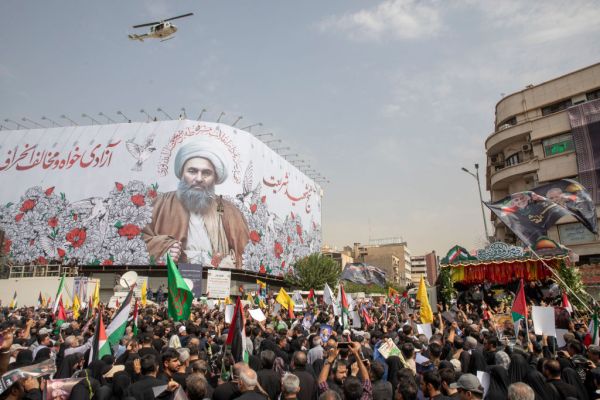
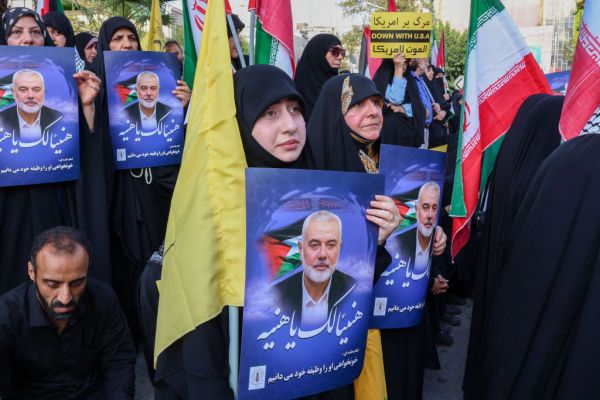
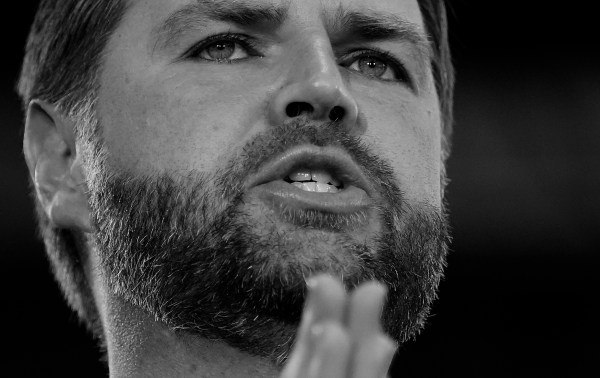
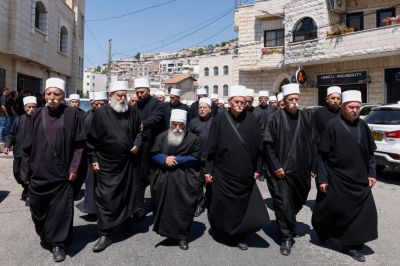
Please note that we at The Dispatch hold ourselves, our work, and our commenters to a higher standard than other places on the internet. We welcome comments that foster genuine debate or discussion—including comments critical of us or our work—but responses that include ad hominem attacks on fellow Dispatch members or are intended to stoke fear and anger may be moderated.
With your membership, you only have the ability to comment on The Morning Dispatch articles. Consider upgrading to join the conversation everywhere.